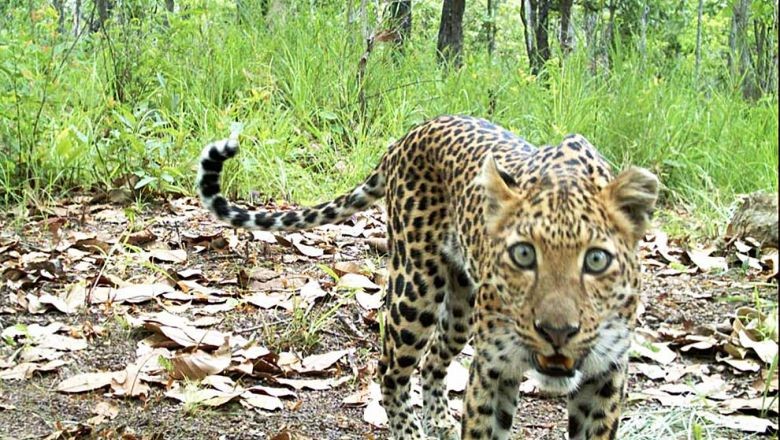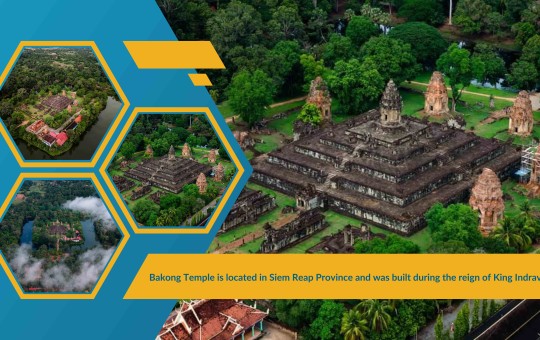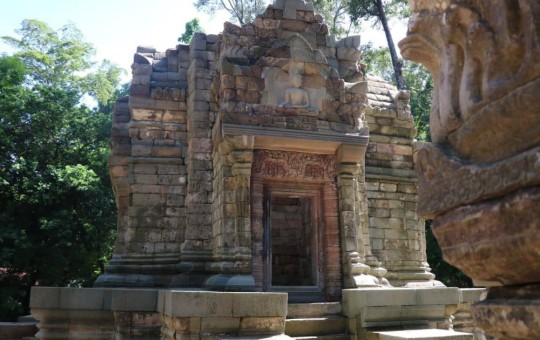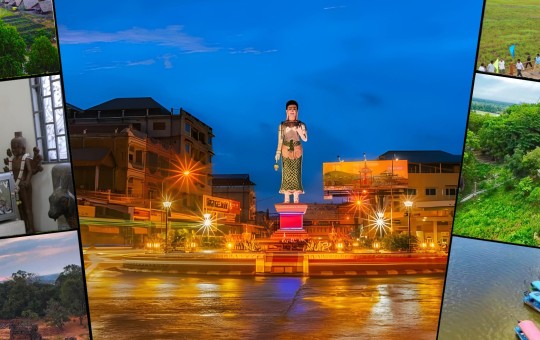
Rare leopard photographed in Kingdom’s eastern highlands
A senior official from the Ministry of Environment announced Cambodia’s pride at having discovered the presence of a female leopard through a rare photo taken by camera traps. The species is considered close to extinction.
“The leopard’s presence in the eastern highlands is a huge source of pride for the Kingdom. The images have been verified by the ministry and the World Wildlife fund (WWF),” said ministry spokesman Neth Pheaktra, on December 7.
The Indochinese leopard (Panthera pardus delacouri) is listed on the International Union for Conservation of Nature (IUCN) Red List as a critically endangered species, with their population in massive decline across Southeast Asia due to deforestation and human encroachment.
Male Indochinese leopards can weigh up to 55kg, with females reaching 35kg. They are very recognisable, with their distinctive spots. Occasionally, melanism will result in a totally black appearance, although this is more common in the southernmost populations of the Malay Peninsula.
The leopard lives in dense forest. It is agile and a very capable tree climber. Even though it can swim, it generally avoids the water.
A solo nocturnal hunter, they predominantly prey on deer, pigs and monkeys, which they ambush.
Pheaktra claimed that Cambodia is the latest habitat where the species has been seen.
“The environment ministry recently led a zero-snaring campaign aimed at reducing and eliminating threats to wildlife and providing a safe haven for all biodiversity from snaring and poaching threats,” he said.
According to a study published in the Proceedings of the National Academy of Sciences, there are fewer than 7,100 of the leopards living in the wild worldwide, with 99 per cent of
them in Africa. Around nine per cent of their natural habitat remains untouched, it added.
At the beginning of the 20th century, a British zoological company estimated the global population at 100,000.
“The species is endangered due to poaching, snaring and the illegal trade in its skin and bones, along with a loss of its foraging habitat due to other human activity,” said Pheaktra.
He added that although the population was sparse, the leopard could be found in the northeast, southwest and north of Cambodia.




